Search the Special Collections and Archives Portal
Search Results
Bob Stupak announcement for mayor: video
Date
Archival Collection
Description
Bob Stupak announcing that he will run for mayor of Las Vegas. Original media VHS, color, aspect ratio 4 x 3, frame size 720 x 486. From the Bob Stupak Professional Papers (MS-01016) -- Professional papers -- Audiovisual material -- Digitized audiovisual clips file.
Moving Image
Isaac Barron (City of North Las Vegas Councilman) oral history interview conducted by Magdalena Martinez: transcript
Date
Archival Collection
Description
From the Lincy Institute "Perspectives from the COVID-19 Pandemic" Oral History Project (MS-01178) -- Elected official interviews file.
Text
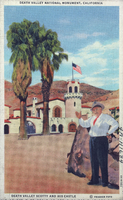
Postcard showing Scotty's Castle and Death Valley Scotty, Death Valley, California, circa 1930s
Date
Archival Collection
Description
Image
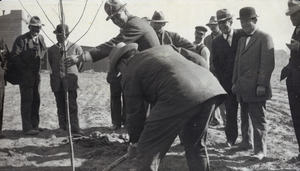
Photograph of several influential Las Vegans planting a tree in the courthouse park, Las Vegas, March 1911
Date
Archival Collection
Description
Image
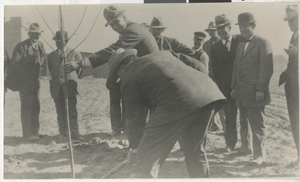
Photograph of people planting first tree in the courthouse park, Las Vegas in March 1911
Date
Archival Collection
Description
Image
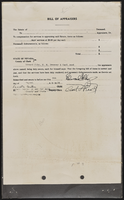
Stewart family real estate documents
Date
Archival Collection
Description
Stewart family real estate documents
Text
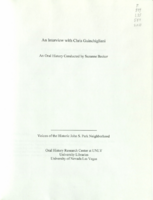
Transcript of interview with Chris Guinchigliani by Suzanne Becker, July 20, 2007
Date
Archival Collection
Description
Text
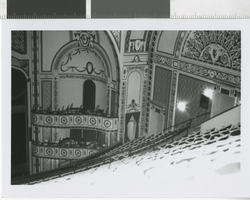
Photograph of the interior of the Shubert Theatre, Cincinnati (Ohio), 1970
Date
Archival Collection
Description
Image
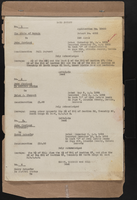
Stewart family real estate documents
Date
Archival Collection
Description
Stewart family real estate documents
Text
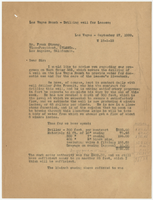
Letter from Walter R. Bracken (Las Vegas) to Frank Strong (Los Angeles), September 27, 1939
Date
Archival Collection
Description
Letter stating status of the work and cost of well drilling on the Las Vegas Ranch.
Text
